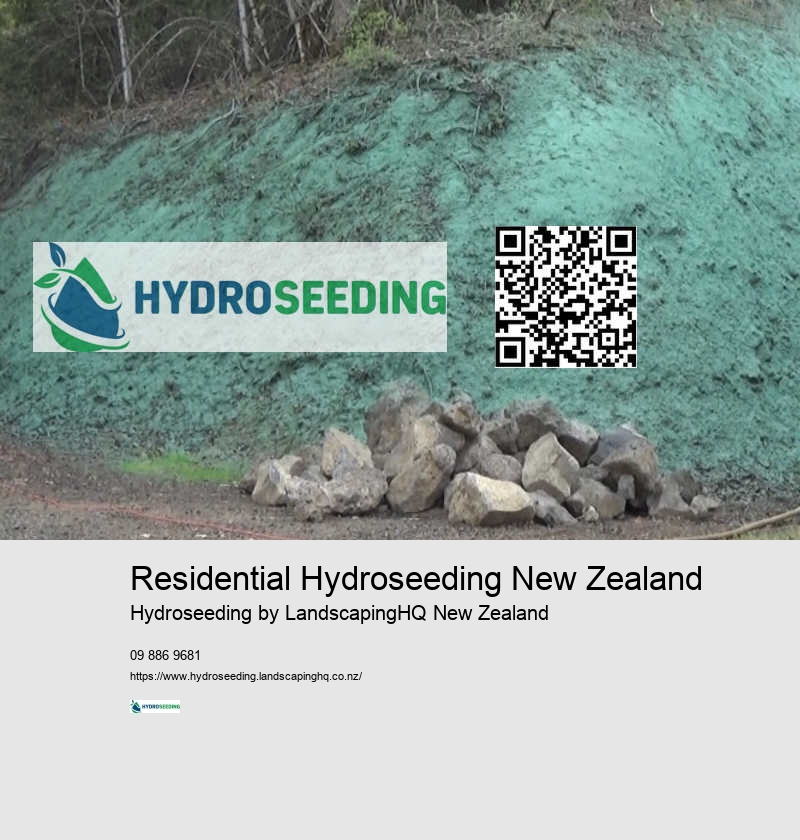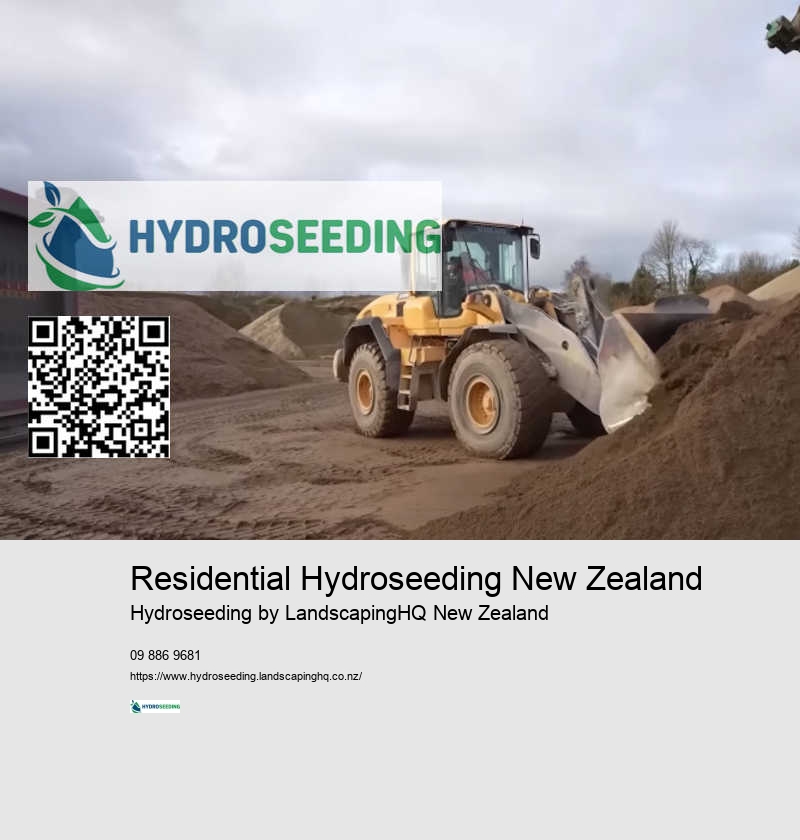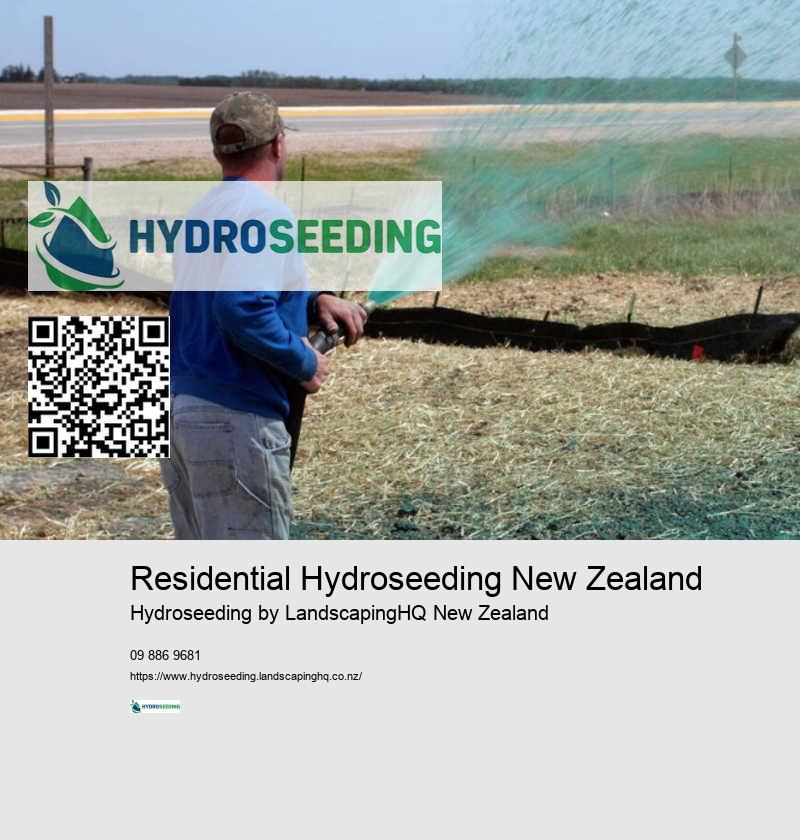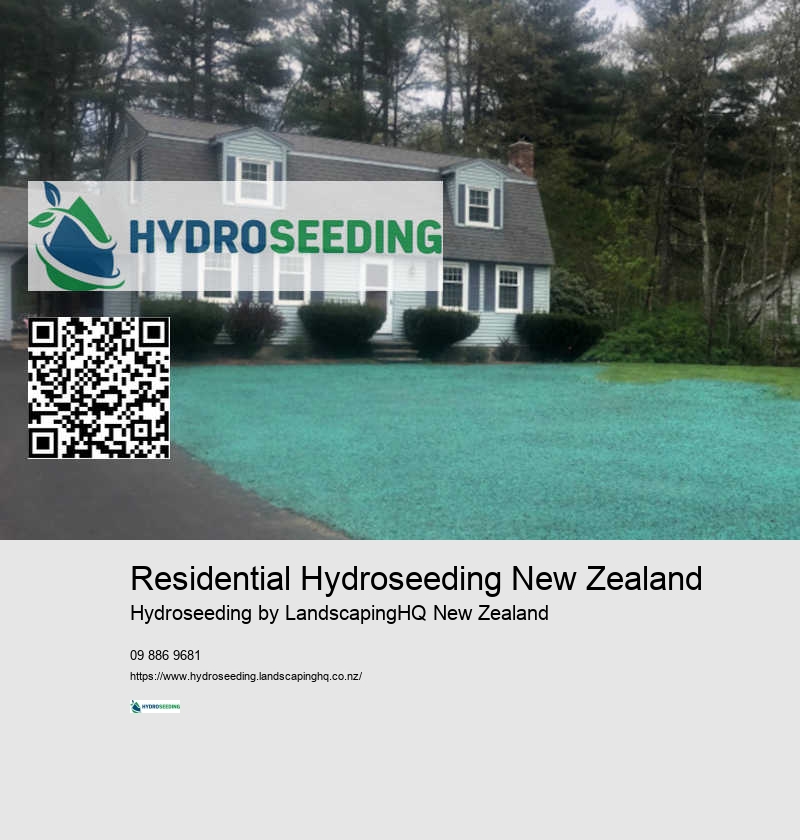Residential Hydroseeding New Zealand
Slope remediation
About four to six weeks after the initial hydroseeding, we can apply a balanced fertilizer to support continued growth. You must ensure that the layer is applied evenly across the entire surface. Technological advancements are also set to enhance the future of hydroseeding. Achieve lush green landscapes effortlessly - Learn how Hydroseeding New Zealand can make a difference. Our team utilizes a specialized mix of seeds, mulch, fertilizers, and water, which we apply uniformly over the target area.
In Central Otago or other areas with a lower rainfall, we will need to make sure that the irrigation is adequate to encourage germination. The mulch in the hydroseeding mix helps retain moisture, reducing the need for frequent watering. Its speed is one of the main advantages of hydroseeding.
We will work with you to bring your vision to life. Our team ensures that each hydroseeding project is tailored to the specific conditions of your site. That's why we offer hydroseeding as a practical solution to stabilize slopes efficiently and effectively.
Weeds compete with the grass for nutrients, water, and sunlight, potentially stunting growth and compromising the overall health of the lawn. Additionally, any debris or weeds should be removed promptly to give our new grass the best chance to thrive. Cost-wise, hydroseeding can initially appear more expensive than other methods due to material and equipment costs.




